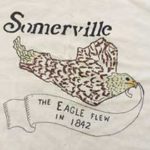
Eagle Feathers #296 – The Rose
By Bob (Monty) Doherty
On November 20, 1986, at the White House Rose Garden, President Ronald Reagan designated the rose as the National Floral Emblem of the United States of America.
Through past years, historic Union Square has been the first and largest of Somerville’s trading districts. She is Somerville’s chronicle. Resting in the shadow of Prospect Hill, she has been far more than a smidgin of America’s history.
Paul Revere’s path to Lexington originally was headed toward Union Square but English cavalry altered his route detouring him over Winter Hill. Before their march to Lexington, British troops checked their gear and filled their canteens from a small pond at today’s Walnut and Bow Streets’ location. On their retreat back to Boston, many stopped there again, but this time it was to nurse their many wounded.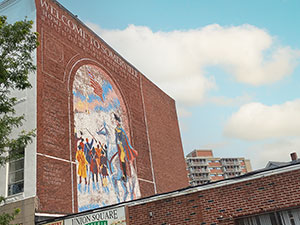
Bunker-Hill-bound American troops mustered and marched from Union Square. General Washington and his troops raised our first Grand Union Flag above her and guarded over four thousand British and German prisoners for a year. They also created Revolutionary Fort #3 within her which was built to protect Cambridge.
What’s in a name? Shakespeare’s writing implies that a rose by any other name would stay the same or smell as sweet. Somerville’s most historic rose is Union Square. Her Union Square’s Rose Street area and Porter Square’s Roseland Street in Somerville were where these wild flowers once grew. Since 1941, the landmark Rosebud Diner (now Rosebud Bar and Kitchen) has brought popularity and recognition to Davis Square.
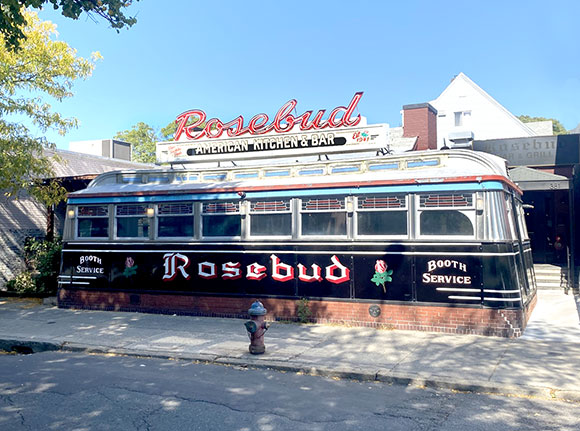
Somerville’s Washington Street was originally called the Road to Newtowne. Before bridges crossed the Charles River, this street became a much-traveled thoroughfare laid out through what is today’s Union Square. It was the halfway mark of the eight to ten-mile trek to Boston. Through the years, Union Square and its surrounding squares have morphed through many names.
The Square was originally called Sand Pit Square in reference to her fine silica deposits found in her sandy soil along the Millers River. This was used by local glass works.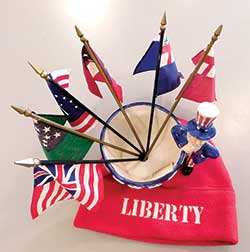
Liberty poles, which were common before and during the Revolution, were revived before the Civil War. In 1853, Somerville firefighters constructed one in the center of Sand Pit Square to honor the flag and the freedom she represented and renamed it Liberty Pole Square.
Before the liberty pole was erected, the square was called Hour Glass Square referring to its early hour-glass shape formed by the Millers River and its twice-a-day tidal marshes. Bow Street, with its curved shape, formed the neck of the glass.
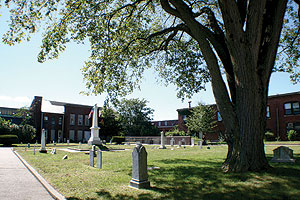
Historic Milk Row Cemetery.
Following the Civil War, the Square’s name was changed once again in honor of its role as a notable recruiting point for Union volunteers. A memorial stone at the corner of Webster Avenue and Washington Street notes its location. From this marker, a short stroll west on Somerville Avenue brings you to the old Milk Row Cemetery. This was the first publicly funded Civil War Memorial in the country. This memorial honors the 1,135 soldiers who set off from Somerville to save the Union. Ninety-eight of them were killed and 250 were wounded. These were the Minutemen of April 19, 1861, the Minutemen of Union Square.
For 155 years, the unmatched vista of Union Square and its enchantment has been pleasantly observed through the stunning rose window of St. Joseph’s Church.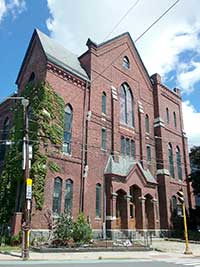

 https://www.portersquarebooks.com/
https://www.portersquarebooks.com/













Reader Comments